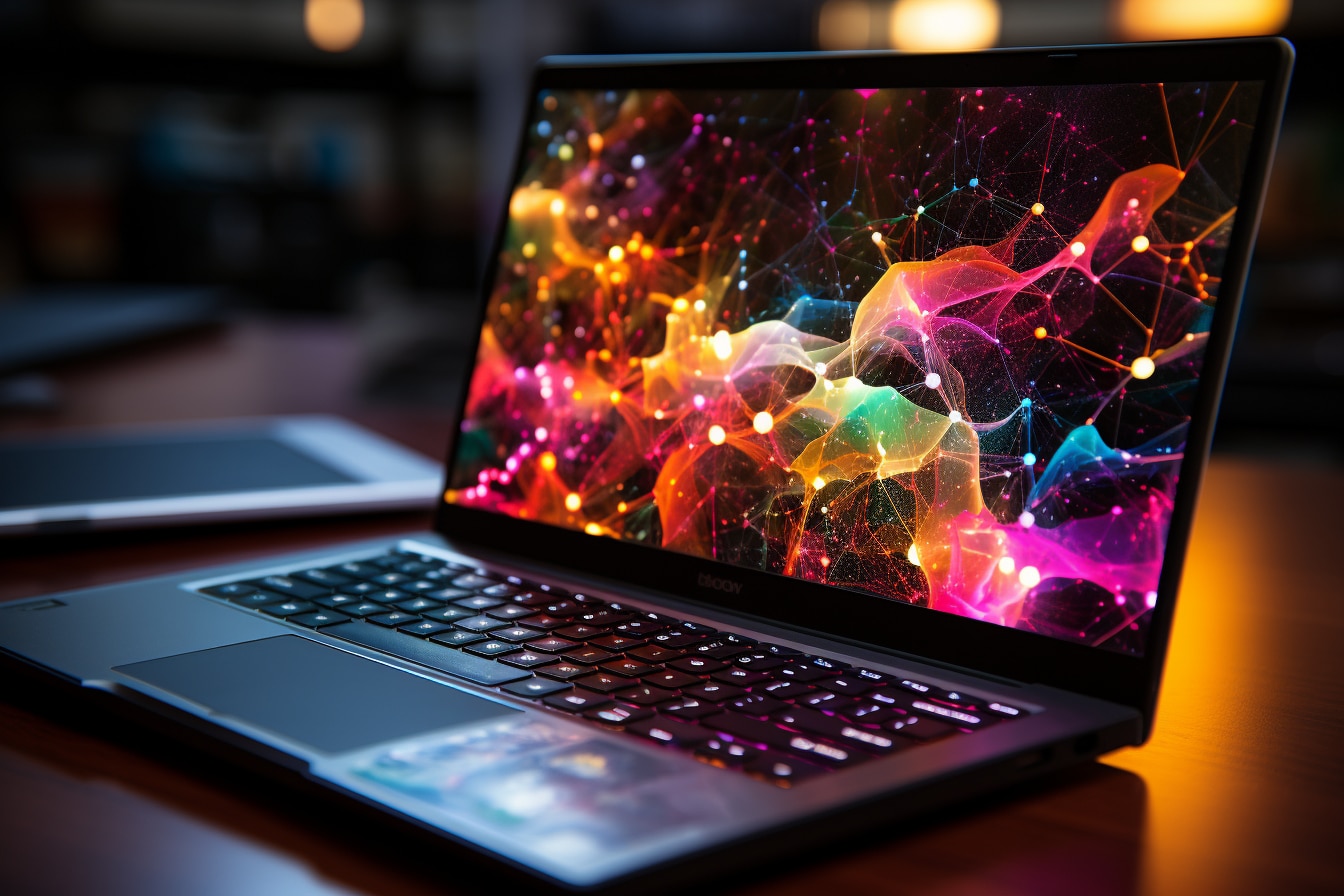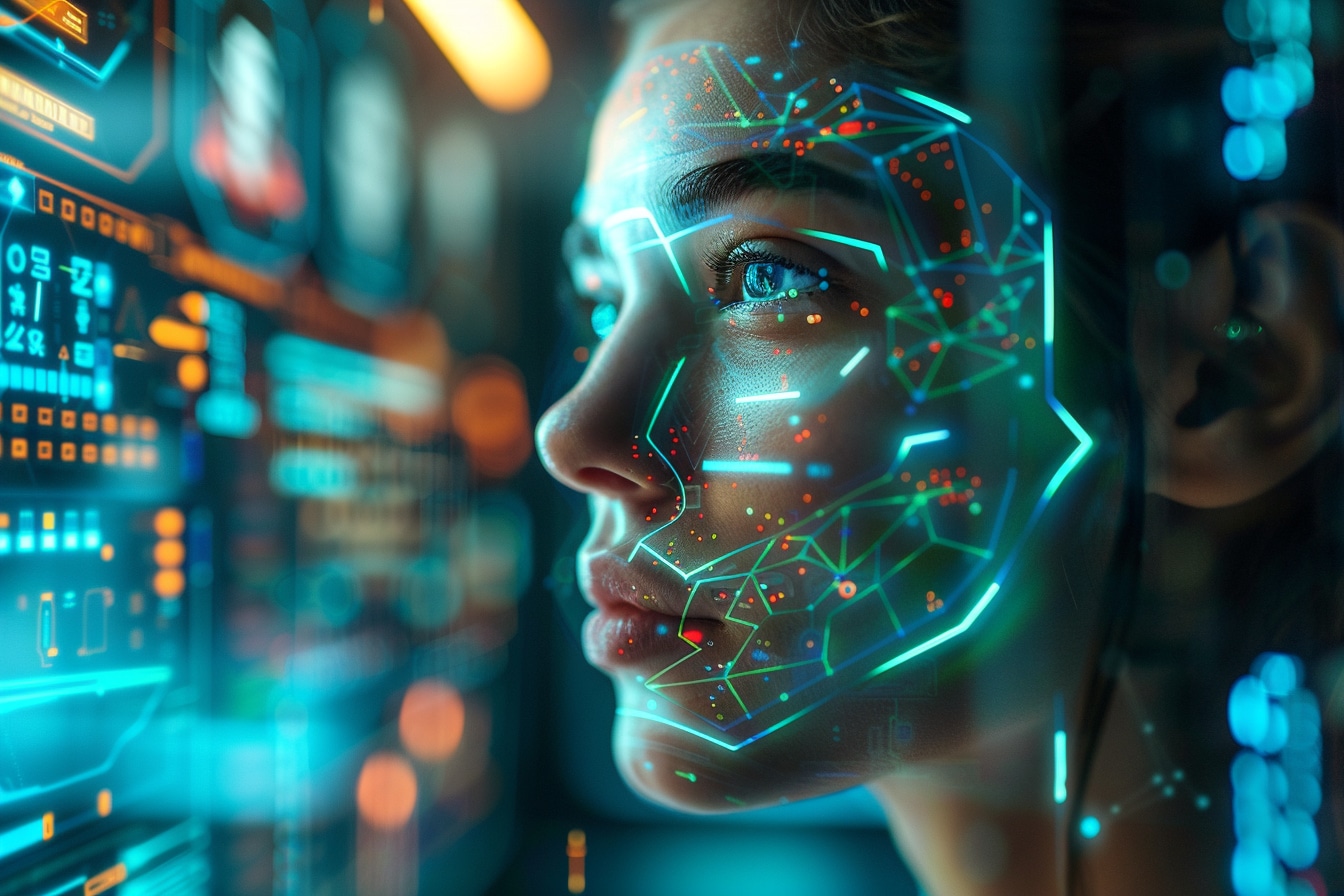Artificial intelligence (AI) and its applications continue to progress and diversify. Today, its potential is also recognized in the education sector, where it offers new possibilities for improving learning and the transmission of knowledge. Among these innovations are the images created by AI, which can be used as an educational tool in their own right. In this article, we’ll explore the different ways in which educational players are leveraging this technology to offer personalized pathways and promote skills acquisition.
The role of images in learning
Images have always played a vital role in the understanding and memorization of abstract concepts, theories or phenomena. In fact, they enable us to visually represent information, making it easier for our brains to assimilate it. Schematics, graphs and other illustrations are all helpful tools that enhance traditional teaching aids such as books and lecture lessons.
The benefits of using AI-generated images
The arrival of artificial intelligence in the field of education means we can benefit from new types of images for learning. Thanks to high-performance algorithms, machines can now generate complex, detailed visuals, which can be tailored to the specific needs of each learner. This personalization is a major asset in guaranteeing a better understanding of the notions taught.
What’s more, this technology offers the possibility of accessing unprecedented visual resources. For example, an AI can create images representing objects or situations that don’t exist in reality, but which are useful for illustrating certain abstract concepts or imagining future scenarios. This considerably enriches the range of possible teaching aids.
Customized learning paths thanks to acquisition profiles
One of the main challenges in education is to take into account the differences between students and to set up personalized learning paths. Artificial intelligence is providing concrete solutions to this problem, offering acquisition profiles based on individual preferences, aptitudes and needs.
Indeed, it is possible to use algorithms to analyze the interactions between the learner and educational content, as well as his or her performance in various areas (comprehension, memorization, reasoning, etc.). This information is then used to build an acquisition profile, enabling personalized learning paths to be proposed, with visual aids adapted to each individual.
The diversity of educational applications
The images created by AI can be used in a wide range of educational contexts, whatever the level or discipline concerned. Whether teaching math, science, history or languages, this technology offers a wide variety of possible applications.
For example, it can be used to create simulations and models, giving students the ability to virtually visualize and manipulate complex objects or processes. In scientific fields, this makes it much easier to understand phenomena such as the formation of stars, the diffusion of sound waves or the spread of viruses.
In the field of arts and culture, AI-generated images also offer interesting perspectives for the study of architecture, painting or design. Learners can discover and analyze fictitious works that allow them to explore different styles, techniques or artistic movements.
A collaboration between educational players and AI researchers
To take full advantage of the potential offered by AI-created images in the educational field, it is essential to foster cooperation between the various players involved. In particular, this means setting up collaborative projects between teachers, researchers, developers and designers, to imagine and design educational tools adapted to needs in the field.
A great deal of work is already underway in this area, with initiatives aimed at exploring the possibilities offered by artificial intelligence to improve education. The regular publication of white papers and studies on the subject is helping to fuel reflection and guide future developments in this fast-growing sector.
The importance of training education professionals
If these technological innovations are to be fully integrated into the education system, it is vital to ensure that teachers and other educational players are trained and supported. They need to be made aware of the issues and challenges involved in using AI, and trained in the new teaching methods made possible by this technology.
This approach also implies a reflection on the digital and technological skills required to master the support tools based on the images created by AI. Indeed, it is essential for education professionals to be able to take advantage of these resources to offer personalized pathways adapted to the learning profiles of their students.




